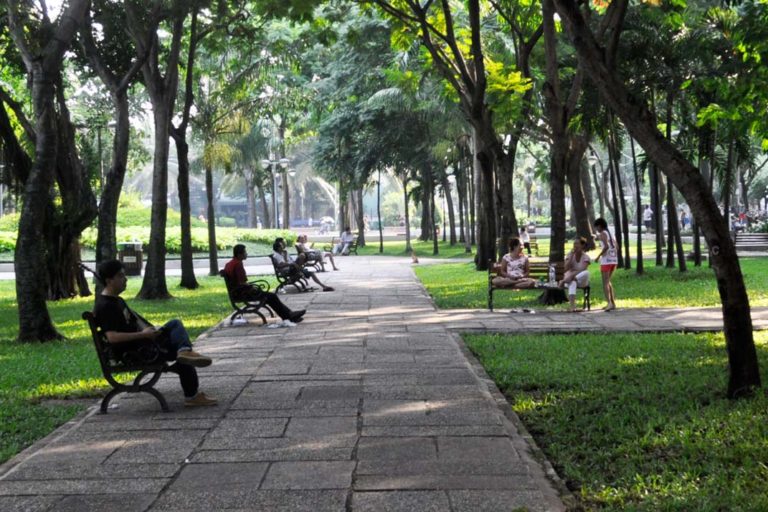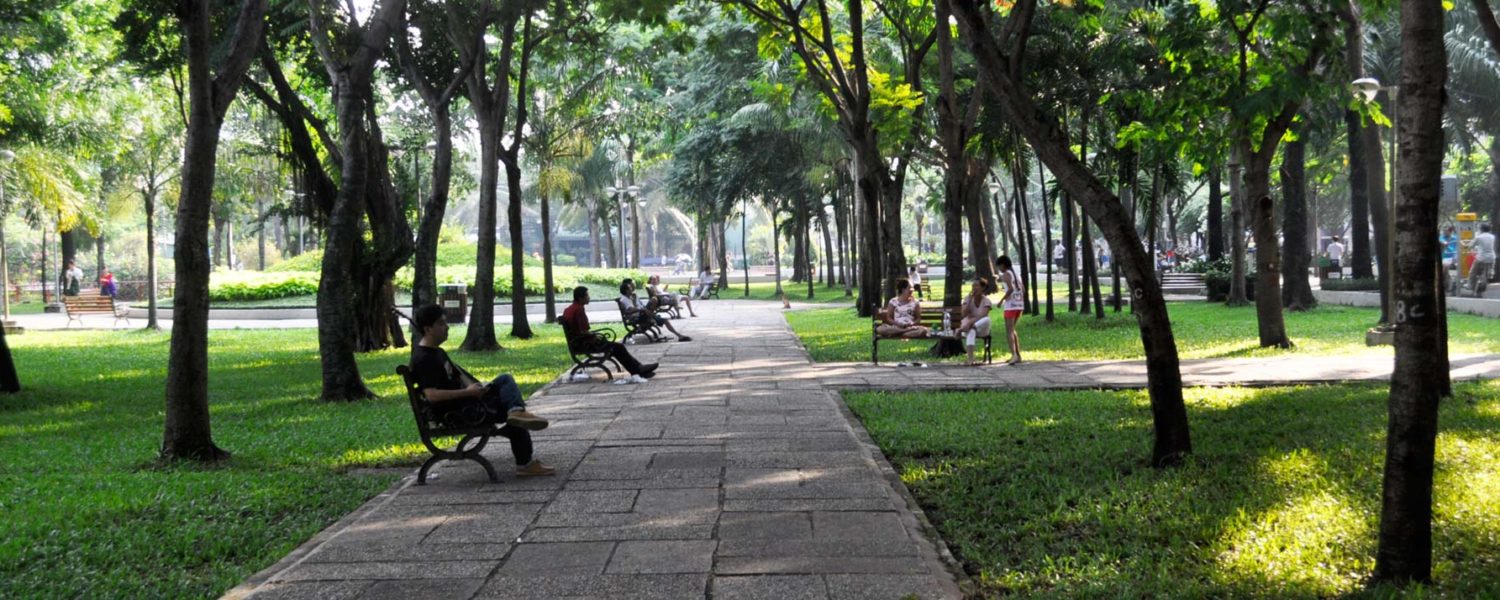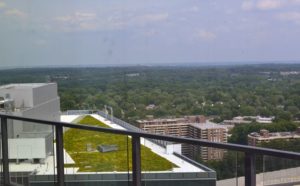Have you been cutting through the mall to escape the heat walking across Tysons? Lingering a little longer in the Starbucks than you have to? If you chose to venture outside of our live-in refrigerators these days, the furnace-blast of heat that meets you at the door can be downright disorienting. Such are the dog-days of summer in Tysons.
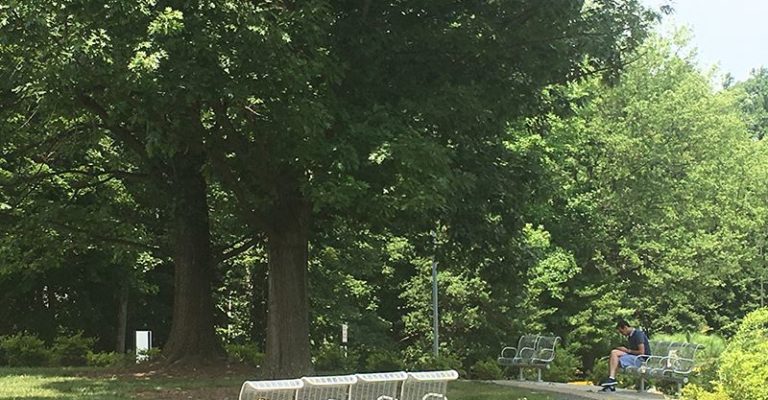
Many of the readers are likely familiar with the “Urban Heat-island” effect, it’s impact on local weather (D.C.’s July 19th storm!), and the strain it puts on urban living and cooling buildings, even after dark. In Tysons the vast expanses of parking lot, acres of multi-lane roadway, and buildings with dark asphalt roofing contribute greatly to this phenomena. Add to that deep building setbacks, where they would otherwise shade the sidewalks, and a lack of trees in areas, and the picture for pedestrians is a sweaty one.
A UVA professor, Andrew Mondschein, has taken his students to Tysons over the past few years to document the pedestrian environment, measuring, among other things, the ground-level temperatures. As this article reveals, his data points to progress, albeit slow, in making Tysons a more comfortable pedestrian experience. Luckily, humanity has inhabited hotter climates for millennia, and we’ve developed a pretty effective toolkit for beating the heat.
Few things passively beat the heat like the natural shade of a tree. Street trees are now a critical component of every plan submitted to the county for review, and their canopy coverage is calculated (by species and tree age) to ensure minimum shade coverage is met. Most of this is done in the name of stormwater mitigation, but a well-shaded street as a byproduct is another win for the community.
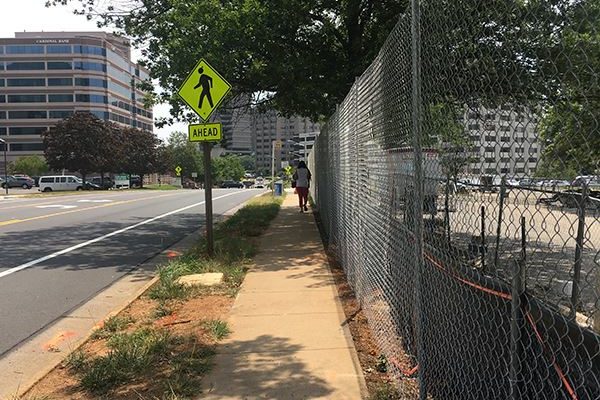
Man-made shade – pergolas, arbors, canopies, awnings, and their multitude of variations – are the obvious answer for architects and developers. Today’s design options are endless, and include such innovations as pergolas with remote-controlled adjustable louvers to control the amount of sun exposure. Tensile, ‘sail’ shade structures are a popular choice for their versatility and ability to create architectural interest.
Pergolas designed and built as part of a building have the opportunity to extend the architecture into the landscape and blur the line between interior and exterior space. One can only imagine seeing the buildings of Tysons extend over the sidewalks, creating covered arcades like the ones found in some of the world’s great cities. Unfortunately, building codes and righ-of-way rules all but eliminate this as an option.
Moving water has long been used for its cooling effect in gardens and cities around the world. Traditional Islamic and Italian gardens employ exquisitely designed runnels, fountains, and pools to cool the immediate air. When combined with a depressed seating area or walking path (for the cooled air to settle into) the effect can be profound. The typical plaza fountain, centered in an open expanse of paving, rarely has the desired cooling effect, but better planned water features can play a part in regulating microclimates in Tysons future public spaces.
In modern times we have added the mister, with its puffs of cooling water droplets, and anyone who has visited the dry heat of the American Southwest knows that these are liberally employed anywhere people gather outside.

In more dense cities with narrower streets and taller buildings, buildings can keep the street level shaded almost all day. While this is a benefit during the hottest few weeks of the year, street level housing and businesses never receiving direct sunlight it is generally considered a negative.
While this heat will pass, it’s an inevitable part of living in this region. Our built environment, the future spaces of Tysons, must respond to it providing comfort and relief in creative and innovative ways. And if you can’t beat the heat at least there are a few ways to enjoy it – a beer at Tyson’s Biergarten is a good start.

